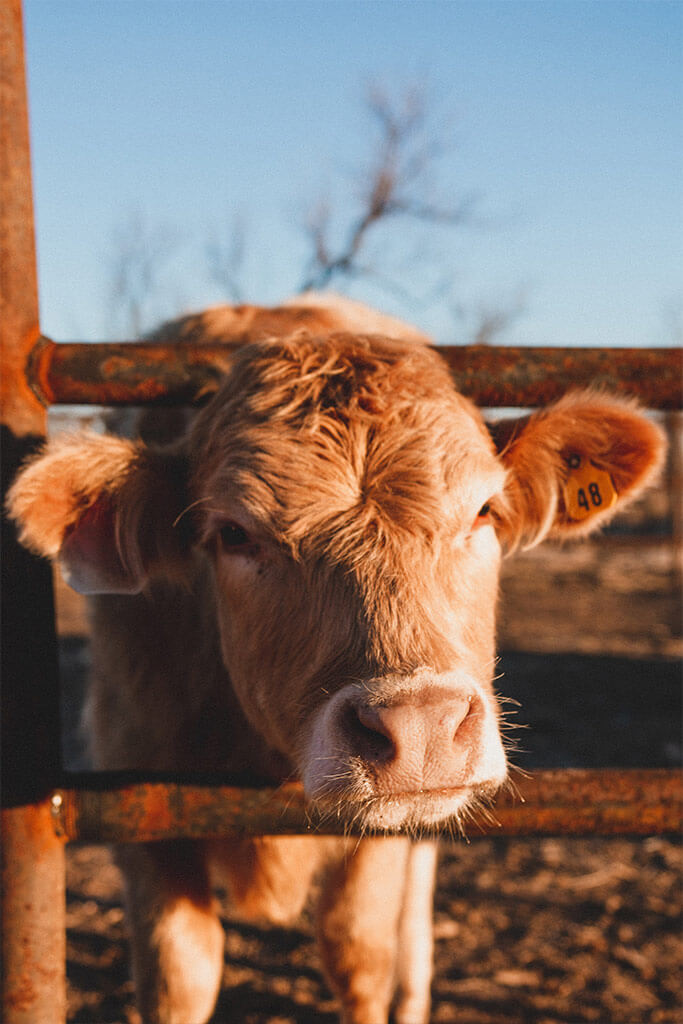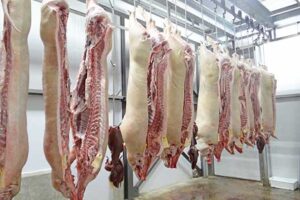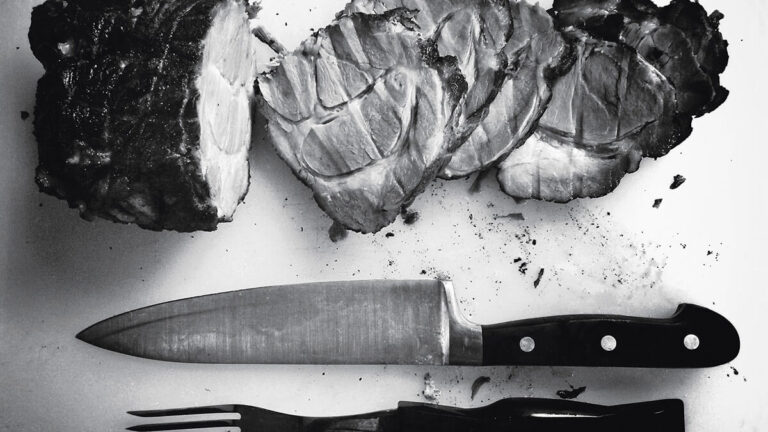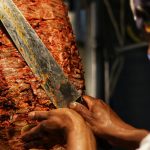Abuse means to inflict grievous bodily harm, pain or violence, especially frequently or often. People have the belief that they can control animal life as it pleases them. Therefore, animal abuse is the malpractice of treating animals with violence, misconduct and immorality. Putting animals in a place where they feel scared, insecure and intimidated is also animal abuse.
Every day people brutally subdue and torture animals for meat and their skins too. Animals can show love and affection. Taking care of their health and nutrition is everyone’s job. We can all agree to that. Cases of animal abuse are on the rise day by day and the reason for this killing is not explained. People kill and mutilate to have fun or to enjoy themselves. How selfish can human beings be? So sad!
Since time immemorial, humans are known to have been consuming meat. This flesh only comes from animals, nowhere else. There are many ways in which these uncaring humans torture animals to death and you end up being part of their immense suffering by consuming their meat. This is what happens before that meat lands on your plate:
The love for all living creatures is the most noble attribute of man.
Charles Darwin
Transportation
After enduring a life of torture, these last moments of animal life begin in a terrifying journey to the slaughterhouse. Either they get into overcrowded trucks or are attached to small cages; the animals are driven into rustic cages where they can breathe for the last time. The journey can be long and extensive.

Also Read: Taking Actions Against Animal Cruelty: A Fight We Should All Be Part Of.
Along the way, the animals may suffer from cold or hot weather, coming together to get warm against the wind or the swelling of moisture. They may have no food or water, their stomachs empty and their throats dry. Confused, exhausted and in a state of shock, they may not end up surviving this journey. In the US alone, research shows that 726,000 pigs and 29,000 head of cattle die each year.
And for those who do, the horror is far from over.
Stunning
Each year, billions of animals are exposed to shocks, gas and even shot dead. These ‘human’ acts are intended to make the slaughter less violent – quickly and confidently making the animals unaware of their imminent slaughter. Hopefully, these animals will not feel any pain coming.
The problem is that stunning does not always work. More often, the animals are awake, alert, and frightened as they approach their deaths. Slaughterhouse workers use various methods to track down animals, but there is no such thing as fool proof. Not at all.
Firearms
Many slaughterhouses use guns to confuse gentle animals like cattle. Instead of using bullets, which farmers always insert into animal skulls, these centres use something called a “captive bolt.” When a bullet is fired, a piece of metal enters the brain and, very quickly, returns to the gun’s barrel.
Even without a bullet, the result is the same: a cow after a cow is beaten unconscious with a real shot in the head. Unfortunately, not all cows fall into the traps. Up to 12.5% of cattle in the European Union are in poor condition and continue to kick as they continue to be hung upside down and slaughtered – while still conscious.
Gas
Meatpacking plants often use high gas density to knock out the most sensitive and intelligent animals like pigs without knowing anything. Enclosed in metal cages and lowered into closed rooms, pigs throw cold bars, somehow trying to escape as the toxic piles of carbon dioxide fills the air. All breathing and rising pull these toxic gases into their bodies. Moreover, as the acrid smoke searches the throat and lungs, they panic. With no place to hide, they clung to each other for a full minute – and sometimes more – until they faint and fall to the ground.
Consequently, this doesn’t always work. If the room is overcrowded or the animals are left shortly after the power outages, pigs sometimes come to their senses and face the slaughter with their full senses.
At the Slaughterhouse
 The animal abuse that occurs in slaughterhouses usually originates from former employees and undercover videos. Most of the slaughterhouses worldwide pull away from others who have been caught torturing and abusing animals. But did you know that the final result of every slaughterhouse is the same? In slaughterhouses, cows seize to be cows and pigs seize to be pigs.
The animal abuse that occurs in slaughterhouses usually originates from former employees and undercover videos. Most of the slaughterhouses worldwide pull away from others who have been caught torturing and abusing animals. But did you know that the final result of every slaughterhouse is the same? In slaughterhouses, cows seize to be cows and pigs seize to be pigs.
They become commodities that need to be chopped up quickly into food that will eventually make way to your plate! It’s sad that they no longer become sentiment beings but products. What’s strange is that most meat lovers will not be willing to watch the gruesome footage from slaughterhouses. Are you one of them?
Cattle are killed to make beef and the process of killing these animals is equally brutal, if not more than what is used for poultry. Cattle are left in excruciating pain after cutting their throats in half; the cow does not die almost immediately and suffers from severe pain for a short time. Slaughter workers remove the trachea after the animals have been partially cut; it is vital to know that they are still conscious when this occurs.
This type of violence is common in the coastal regions of Denmark where dolphins are killed annually. What’s worse? The reason behind the killing is not just for consumption. People view the practice of slaughtering dolphins as a sign of transition from adolescence to adulthood.
By demanding that companies end their harassment on factory farms and slaughterhouses and opt for plant-based diets for everyone, we can allow animals to spread their wings, eat new grass, and feel the warmth of the sun on their backs. Will you help eliminate the cruelty these animals face every day with one simple act?


